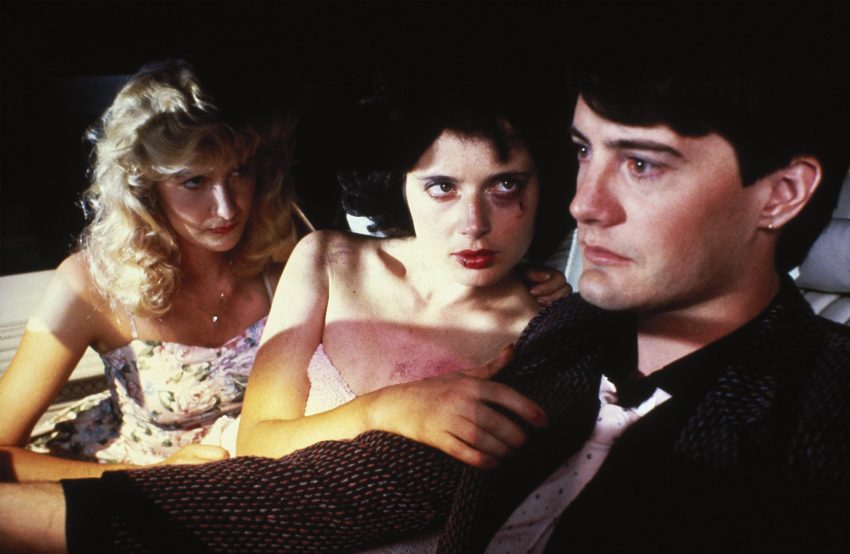David Lynch’s “Blue Velvet” opens with a dreamlike collage of suburban idyll and wholesome Americana. Then, a man collapses doing yard work behind his picket fence and the camera leads us underground, where writing black beetles churn beneath the manicured lawn. It’s a masterful and unsettling introduction to a film about the dark side of American life.
The collapsing man is the father of Jeffrey Beaumont (Kyle MacLachlan), a young college student who returns home to Lumberton, North Carolina, to look after his mother and mind his dad’s shop while he recovers from the incident (implied to be a stroke). Walking home from the hospital, Jeffrey finds a severed human ear in a field — a discovery that will lead him down a path to sexual sadomasochism, drugs, and violence. But also a straightforward, if somewhat unconventional, courtship with the girl next door (Laura Dern).
A lot gets said about how “Blue Velvet” depicts, as I mentioned, the seedy underbelly of suburban American idyll. And it does do that! Dennis Hopper’s Frank is a singularly terrifying presence, and Isabella Rossellini’s Dorothy offers a heartbreaking embodiment of how culture simultaneously exalts and degrades women.
But while the horrors of “Blue Velvet” certainly complicate the Normal Rockwell ideal of whole Americana, it doesn’t completely shatter it. On this viewing I was struck by how fundamentally hopeful it is. Despite all he sees, Jeffrey settles with the girl next door in the end. Dorothy has a happy ending. In the film’s final scene, one of the introduction’s writing black beetles is shown in the beak of a robin — a symbol of peace and love established earlier in the movie.
The darkness beneath the surface doesn’t undermine or destabilize, it sustains.
